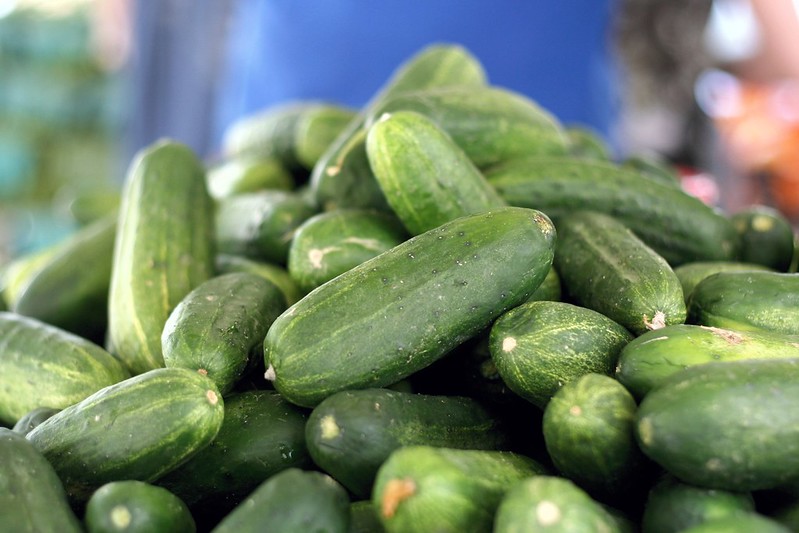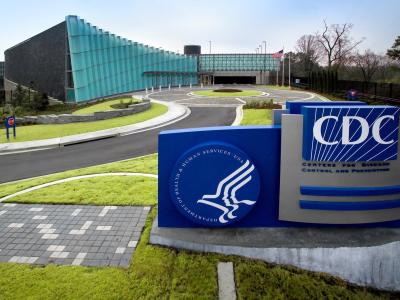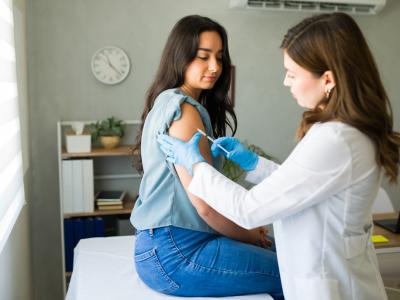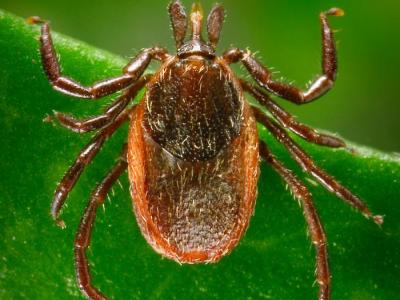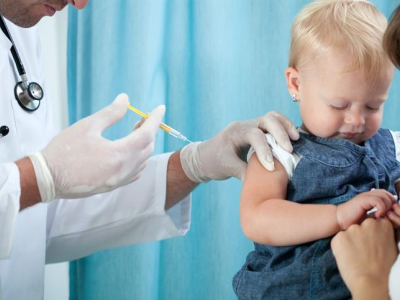
Researchers conducting a lab study published on the preprint server medRxiv detected infectious flu viruses in raw cow and sheep milk for over a day at room temperature and more than a week when refrigerated.
The results of the non–peer-reviewed research highlight the risk of contracting H5N1 avian flu from consuming unpasteurized dairy products and from occupational exposure in dairies, the UK investigators said.
After the emergence of H5N1 in US dairy cattle in late 2023, "high viral titres were detected in milk from infected cows, raising concerns about onwards human infections," they wrote. "Although pasteurisation was shown to effectively inactivate influenza viruses in milk, unpasteurised milk still poses a risk of infection, both from occupational exposure in dairies and from the consumption of raw milk."
H5N1 has been detected in more than a thousand US cattle herds, other mammals, dozens of dairy workers, and several people with no direct contact with infected animals.
'Substantial viral infectivity remained'
The team assessed the stability of H5N1 highly pathogenic avian influenza virus (HPAIV) and other influenza A and D viruses by incubating them in pasteurized cows' milk at room temperature to represent exposure in dairies and at 4°C [39.2°F] to simulate exposure to refrigerated raw milk. They also conducted similar experiments with a lab strain of avian flu in sheep's milk.
Our results highlight the zoonotic risk of H5N1 HPAIV in raw milk from infected animals and reinforce the importance of taking measures to mitigate this risk.
"Although the survival of influenza viruses in milk was variable, we consistently found that under laboratory conditions substantial viral infectivity remained over periods when people might reasonably be exposed to infected milk—for over a day at room temperature and for more than 7 days when refrigerated," the authors wrote.
"Our results highlight the zoonotic risk of H5N1 HPAIV in raw milk from infected animals and reinforce the importance of taking measures to mitigate this risk," they added. "Our experiments aimed to model the 'worst case scenario' for the persistence of viral infectivity in milk and should be seen as providing an upper-bound estimate for viral survival under real-world conditions."

